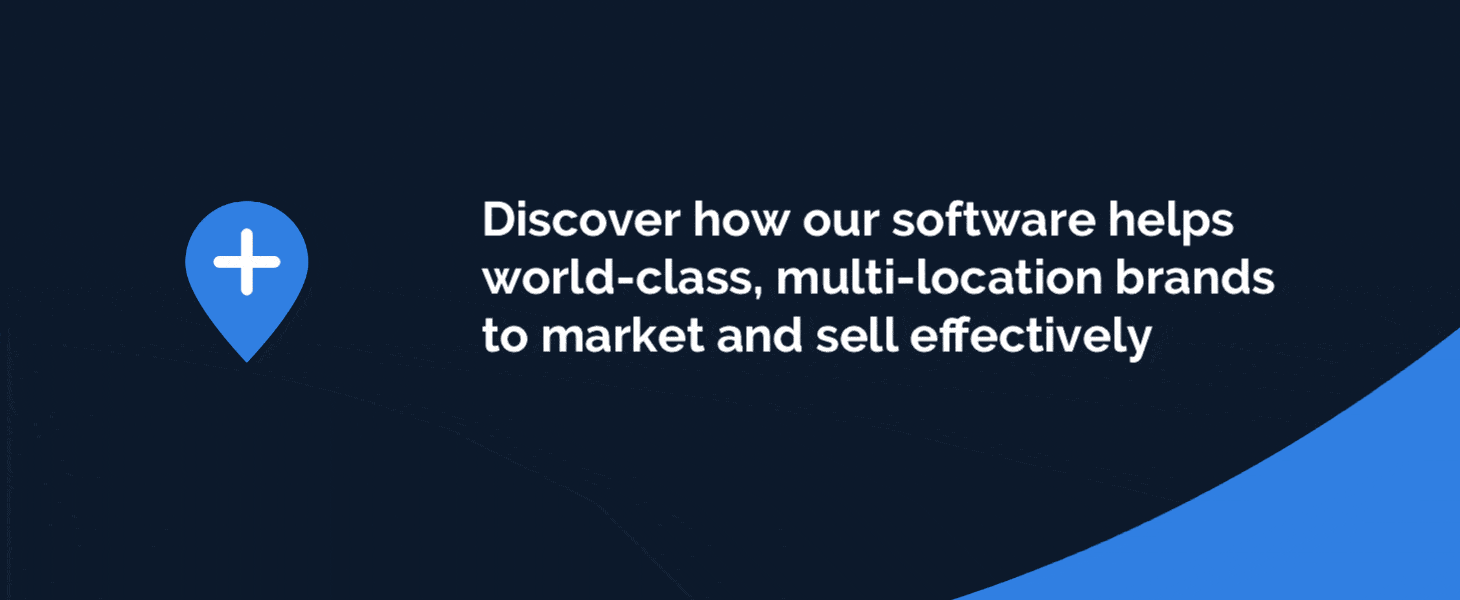In today's rapidly evolving digital landscape, it's not uncommon for Digital Asset Management (DAM) systems to become outdated or present challenges due to changes in ownership, lack of centralized management, or the departure of those who initially set up the DAM. As a result, organizations are increasingly transitioning from one DAM to another. The objective of this blog post is to guide you through a successful DAM transition, helping you prepare for the process, avoid common risks, and leverage the opportunity to not only enhance user experience but also meaningfully modernize your approach to DAM.
About APIs and Integration:
When discussing DAM transitions, the term "APIs" often surfaces, referring to the integrations between systems. However, it's important to recognize that a DAM transition involves much more than simply establishing connections. It requires careful consideration of asset organization, deciding what to retain or change, and mapping assets accordingly. This comprehensive process ensures a smooth and efficient transition, avoiding potential data loss or misalignment. By thoroughly analyzing the existing DAM infrastructure, identifying dependencies, and understanding the specific requirements of each system, you can strategically plan the integration process. This may involve transforming metadata, standardizing file formats, or developing custom scripts to automate the migration. While APIs facilitate the connection, you should be cautious not to oversimplify the transition process. Devote time to mapping assets accurately, identifying dependencies, and employ a consistent process throughout to ensure a successful integration and minimize disruptions. Taking a meticulous approach will not only streamline the transition but also help optimize the overall DAM system's performance and maximize its value to the organization.
Embrace a Consistent Process:
A crucial aspect of a successful DAM transition is developing a consistent process. One effective approach is to create mockups of new categories, collections, and sub-collections within the new DAM and test them with your user community. By soliciting feedback and evaluating the intuitiveness of the new structure, you can ensure a more user-friendly experience. Consider implementing Net Promoter Scores (NPS) surveys to gather quantitative data on user satisfaction and identify areas of improvement. This valuable feedback will help you fine-tune the DAM structure and address any pain points before the actual migration.
Additionally, before migrating assets, take the opportunity to declutter. Evaluate the relevance and usage of each asset, leaving behind anything that hasn't been accessed in a year or two. By optimizing your digital asset repository, you can improve searchability and accessibility for users, enhancing their overall experience. Instead of discarding these assets completely, consider archiving them to maintain a clutter-free "single source of truth" while preserving historical assets for reference or compliance purposes.
By embracing a consistent process, involving users, leveraging NPS surveys, and decluttering assets, you can ensure a smoother transition to the new DAM system. This approach not only enhances user adoption but also allows you to continuously improve the system based on real user feedback, resulting in a more efficient and effective digital asset management solution for your organization.
Streamline Roles and Permissions:
During the transition, it is essential to carefully review the existing roles and permissions within your DAM system. This presents an opportunity to simplify and streamline the roles, as DAMs often accumulate excessive organizational roles or lack clear permissions. Begin by identifying the core functionalities and access levels required for the smooth operation of the DAM system. Start with the bare minimum and assess how long you can effectively operate without introducing new roles. By adopting a minimalist approach, you can eliminate redundancies, reduce complexity, and enhance the overall usability of the system.
As you streamline the roles, it is crucial to document these changes to address any concerns about removing unnecessary roles. By documenting the reasoning behind the role modifications and the impact on user access, you can provide clarity and transparency to your user community. This documentation will also serve as a valuable resource for future reference and training purposes.
Leverage Historical Data:
Your current DAM system contains valuable historical data that can serve as a baseline for measuring improvement in the new DAM. By analyzing factors such as upload frequency, the number of assets and collections, and user satisfaction metrics, you can gain insights into the performance and usage patterns of your existing DAM system.
If you're contemplating a DAM replacement, it's advisable to run user satisfaction surveys at least a year before the transition. These surveys can provide valuable feedback on the strengths and weaknesses of the current system, helping you identify pain points and areas for improvement. By actively seeking user feedback and tracking these metrics over time, you can gain a deeper understanding of user preferences, identify areas for enhancement, and potentially collaborate with the existing DAM vendor to address those needs.
Leveraging historical data and user feedback allows you to make informed decisions about the direction of your DAM strategy. It may reveal that certain areas of the current DAM system are performing well and require only minor adjustments or optimization efforts. This approach can save time, resources, and potential disruption associated with a complete DAM transition.
Furthermore, by leveraging historical data, you can identify trends and usage patterns that can inform the design and implementation of the new DAM system. For example, if you notice certain asset types or collections being frequently accessed and utilized, you can prioritize their organization and accessibility in the new DAM. This data-driven approach ensures that the new DAM system is tailored to meet the specific needs and preferences of your users, resulting in improved user satisfaction and adoption.
Adopt New Technologies Strategically:
The new DAM system is likely to offer a range of advanced features and capabilities that were absent in the previous DAM. However, it's important to approach the adoption of these technologies strategically to ensure a smooth transition and optimal user experience. Instead of overwhelming users by implementing all the features at once, it is advisable to introduce them gradually and incrementally.
When rolling out new capabilities, such as AI tagging or other AI-driven automation, closely monitor user satisfaction and gather feedback to gauge their impact. Recognize that users may need time to adjust and fully embrace the new functionality. By taking a phased approach, you can provide training and support resources to help users understand and effectively utilize the new features.
While the new technologies may be exciting and offer potential benefits, it is crucial to evaluate their true value and relevance to your specific organizational needs. Rather than implementing features simply because they are available, carefully assess how each feature aligns with user expectations and addresses specific pain points or inefficiencies in your DAM workflows. User feedback and input should play a central role in determining the priority and timing of feature adoption.
Conclusion:
Transitioning between DAMs presents an opportunity for transformation within your organization. By considering APIs, embracing a consistent process, decluttering assets, streamlining roles and permissions, leveraging historical data, and strategically adopting new technologies, you can maximize the benefits of the transition while ensuring a smooth and successful implementation. Use this transition as a catalyst for enhancing user experience, optimizing workflows, and unlocking your team's creative potential in the modern era of DAM. With careful planning and a thoughtful approach, your DAM transition can pave the way for a more efficient and effective asset management strategy.





